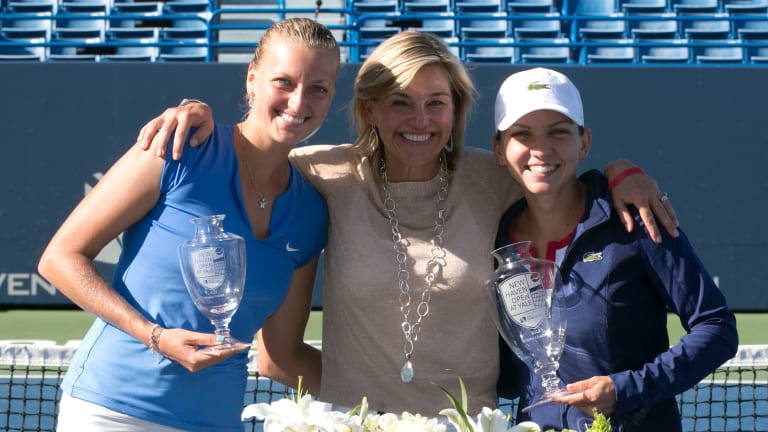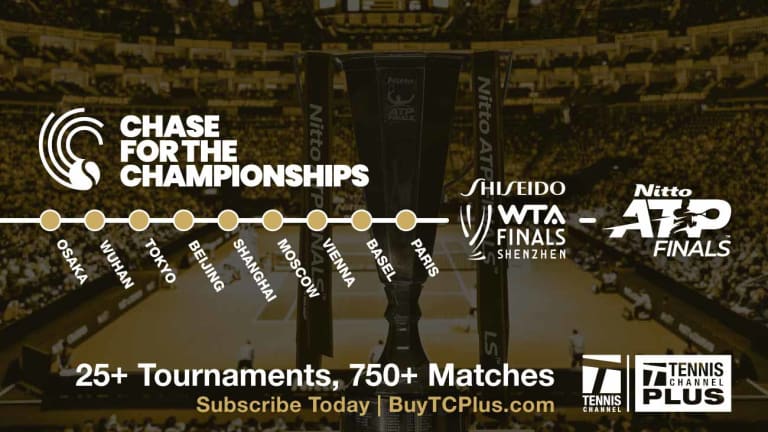TENNIS.com Podcast: Anne Worcester on becoming UTR's president
Oct 02, 2019Australian Open
Roger Federer to headline “Battle of the World No.1s” at Australian Open’s inaugural Opening Ceremony
By Dec 11, 20252025 Year In Review
WTA Match of the Year, No. 3: Barbora Krejcikova, Taylor Townsend produce 2025's most heart-stopping contest
By Dec 11, 2025Pop Culture
WATCH: Aryna Sabalenka signs Jimmy Fallon’s forehead in “Tonight Show” visit
By Dec 11, 2025Anti-Doping & Corruption
French tennis player Quentin Folliot suspended for 20 years, fined $70,000 for match-fixing
By Dec 11, 20252025 Year In Review
WTA Player of the Year, No. 3: Coco Gauff
By Dec 11, 2025Social
Caroline Garcia says she turned down $270,000 sponsorship offer from betting company for podcast
By Dec 11, 2025The Business of Tennis
Billie Jean King applauds historic WTA, Mercedes-Benz partnership: “Far beyond tennis”
By Dec 11, 2025Social
Ben Shelton is playing "The Long Game" in new YouTube docuseries
By Dec 10, 20252025 Year In Review
WTA Match of the Year, No. 4: Jessica Pegula ends Aryna Sabalenka's 20-0 Wuhan reign
By Dec 10, 2025TENNIS.com Podcast: Anne Worcester on becoming UTR's president
She was the CEO of the WTA in the 1990s, and the tournament director of New Haven for 21 years.
Published Oct 02, 2019
Advertising
Advertising

TENNIS.com Podcast: Anne Worcester on becoming UTR's president
Advertising

TENNIS.com Podcast: Anne Worcester on becoming UTR's president